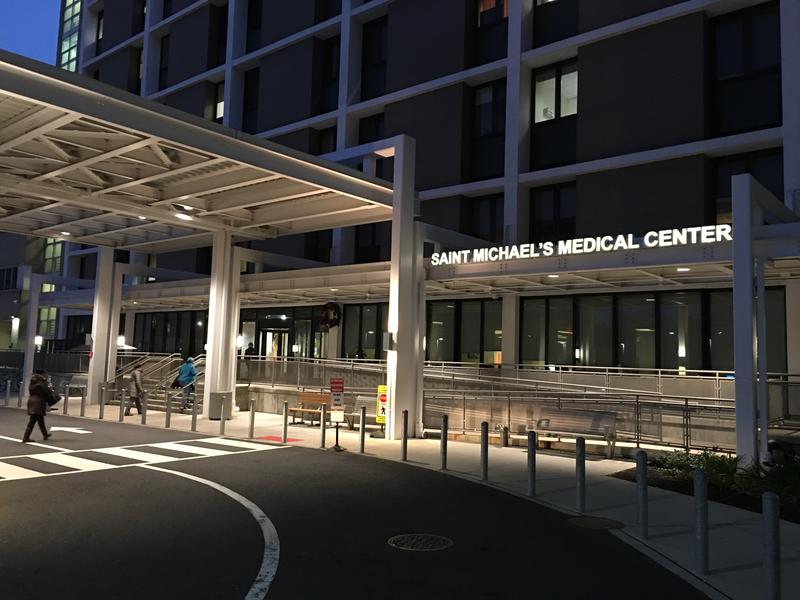
When Saint Michael’s Medical Center, a 150-year-old Newark institution, filed for bankruptcy this summer, it set in motion a process to determine the community hospital's future. It also raised the prospect that the state would use a deal on St. Michael's to re-shape Newark's healthcare landscape.
Nearly a third of city residents currently travel outside Newark for their hospital services. And a new report commissioned by the state suggested all Newark-area hospitals would fare better if Saint Michael's was converted to an outpatient facility.
Prime Healthcare, a for-profit hospital chain based in California, offered to buy the hospital, keep it open for five years and save about 1,400 jobs if New Jersey approved the $62 million deal. David Ricci, Saint Michael's chief executive, said the deal could make the hospital competitive again.
“I think we’re actually going to enhance and grow back to some of the levels of service that we provided before if given the opportunity by the state,” Ricci said.
But others said there are just too many traditional hospitals, and too many beds, in Newark. In the past 15 years, several Newark hospitals closed because of hospital over-capacity and a steep decline in demand for inpatient care.
"The problem is if you continue to support or try to support too many beds for an area then you are weakening all the institutions because there's not enough money to go around to support them all," said Joel Cantor, director of the Center for State Health Policy at Rutgers University.
Prime’s presence at the negotiating table and the public pressure to keep the community hospital open has left the state on the fence.
One concern: New Jersey taxpayers have assumed a large amount of debt from the Saint Michael's bankruptcy, nearly $166 million if Prime bought the hospital but even more, close to $228 million, if the state took it over.
